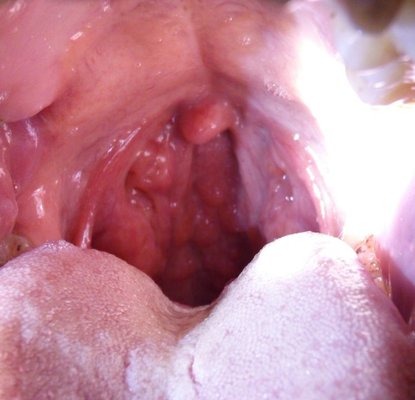How to identify tension pneumothorax?
summary
The wound on chest wall, lung, bronchus or esophagus is a one-way valve, communicating with pleural cavity. When inhaled, the valve opens, and the air enters the pleural cavity. When exhaled, the valve closes, and the air cannot be discharged from the pleural cavity. Therefore, with breathing, the pressure in the pleural cavity on the injured side increases continuously, so as to exceed the atmospheric pressure, forming tension pneumothorax, also known as pressure pneumothorax or valvular pneumothorax. How to identify tension pneumothorax? Next, I'd like to share my views with you.
How to identify tension pneumothorax?
Pulmonary bullae: the onset of pulmonary bullae is slow and the course of disease is long; Pneumothorax often has acute onset and short history. X-ray examination showed that the bullae were round or oval translucent areas, located in the lung field, and there were still small strip like texture in them; Pneumothorax is a strip shadow, located in the chest of lung field. The bullae around the lung are easy to be misdiagnosed as pneumothorax. The bullae line on the chest film is concave to the lateral chest wall; The convex surface of pneumothorax often faces the lateral chest wall, and chest CT is helpful in differential diagnosis. After a long period of observation, the size of bullae rarely changed, but the shape of pneumothorax gradually changed and finally disappeared.

Acute myocardial infarction: it has clinical manifestations similar to pneumothorax, such as acute chest pain, chest tightness, dyspnea, shock and so on. However, patients often have a history of coronary heart disease and hypertension, the nature and rhythm of heart sound change, and no signs of pneumothorax. ECG or chest X-ray examination is helpful for differentiation.

Chronic obstructive pulmonary disease and bronchial asthma: chronic obstructive pulmonary disease dyspnea is a long-term slow aggravation, bronchial asthma has a history of repeated asthma attacks for many years. The possibility of pneumothorax should be considered when dyspnea suddenly worsens and chest pain occurs in patients with chronic obstructive pulmonary disease and bronchial asthma. Chest X-ray examination can help to differentiate.

matters needing attention
The first is to improve health, that is, to strengthen nutrition and pay attention to rest; Secondly, exercise is necessary, but we should pay attention to exercise and life must avoid suffocation, try not to do anaerobic exercise, such as sprinting, carrying heavy objects and so on.














